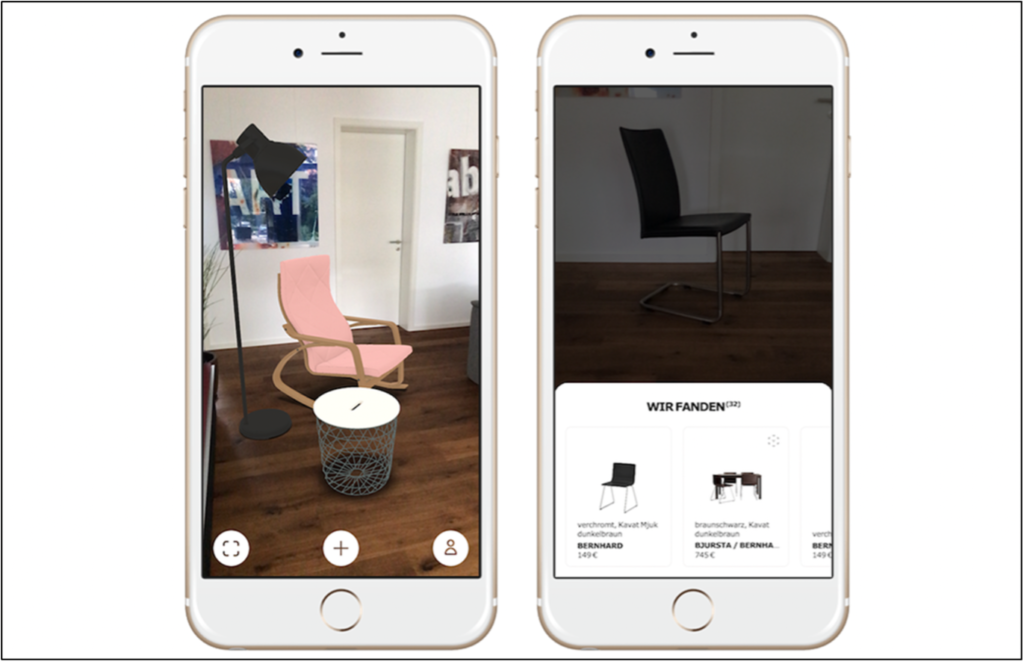For my review of a Master’s Thesis, I chose the work of Mikel Elias Polzer with the title “Designing Casual Games for Subverting (Hetero-)Normative Attitudes”. I came across this work by researching with the Austria-wide online tool of the FH library.
_Level of design
There was almost no design aspect to it, other than the most basic formatting was done in terms of layout. Structure was done quite okay and there were the occasional pictures and visualisations in it, but they only served the purpose to explain certain points in the thesis. Although the choice of font and typography was done in a very safe way, where nothing can go wrong that easily – from a readability standpoint the forced full justification text is a quite difficult to enjoy whilst reading; so, there is room for improvement on this front. The use of bright red and blue on text looks in the end – mainly just off. It makes certain things look like the rough outline or something, which still needs to be discussed – for me it does not give the impression of being done when text is highlighted red.
_Degree of innovation
The thesis deals with interesting and important topics for our current century, mainly the perception of gender in games – there is only little work done on this field because it is a rather unexplored discipline. To now quantify it by just that parameter would be possible, but not justified. Therefore, I consider this thesis as an innovative piece of scientific work.
_Independence
It relies heavily on citations, but the experimental and scientific approach of this work would qualify it as a very good independent thesis.
_Outline and structure
Something which struck me a little odd was the fact that the author included a full curriculum vitae on the 4th page. It was straight after the cover and the acknowledgements before the table of contents. I guess it must be some requirement of the university where this thesis was published; yet I do not see the need of giving a detailed look at the person’s life before I read their thesis. Also, on another note, the CV was equipped with the full name, nationality, birthday, and even email address – form a data protection standpoint a problem. Otherwise, was the structure well laid out, you had enough introduction to the upcoming topics, and nothing felt out of place. The ending was merely a quote and had only little conclusion to offer, it ended all rather abruptly. At least the whole PDF was formatted as an interactive file, so you could easily use the in-file links to hop between chapters, sources, and citations.
_Degree of communication
The heavy use of parentheses makes reading and following – on top of very long constructed sentences which could use a break here and there – makes reading this thesis a little bit more challenging. It’s not your everyday easy evening read.
_Scope of the work
The work did not try to get everything under one hat, it clearly decided for one aspect and honed right into this. The author talked about the talking points they wanted and had to and then got straight into experiments which they called ‘semi- quantitative testing’ to get a grasp on the subjective perceptions of various participants.
_Orthography and accuracy
Sometimes poor wording and occasionally spelling mistakes in terms of misplacing commas into words. Besides that, I was not able to locate any graver mistakes. The only thing I would point out is the misuse of the basic hyphen “-“ instead of the classic “–“ en-dash – but that’s more of a style and typography issue which I take a bit personal, otherwise it’s alright.
_Literature
The literature consists of a huge and vast library of books from different fields, but all coming from a certified scientific aspect. There were also a lot of books which I also already came across in my research or I knew already.
_Source
Polzer, Mikel Elias: Designing Casual Games for Subverting (Hetero-)Normative Attitudes. Master’s Thesis, University Vienna, 2017. In: https://utheses.univie.ac.at/detail/42249 (zuletzt aufgerufen am 01.12.2022)

